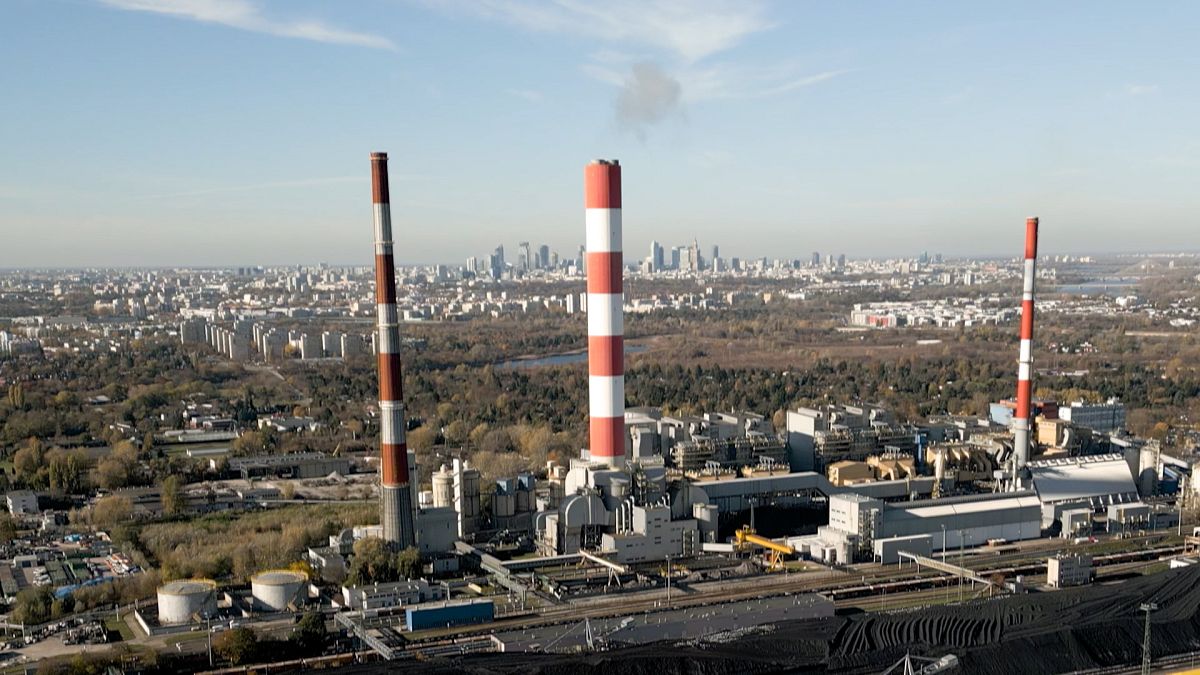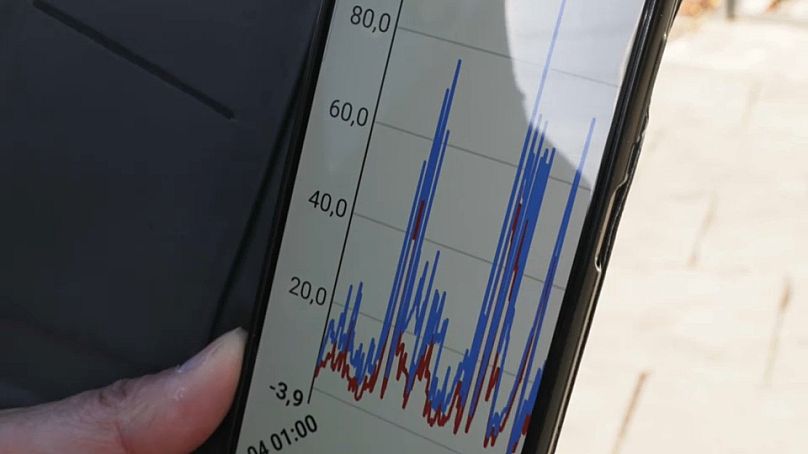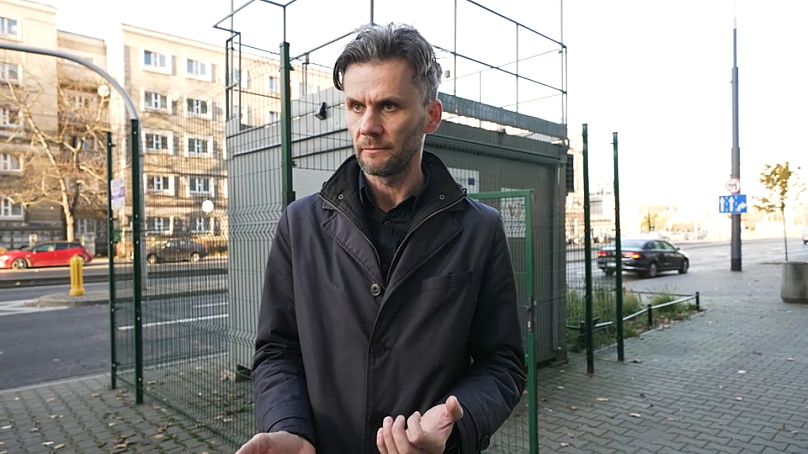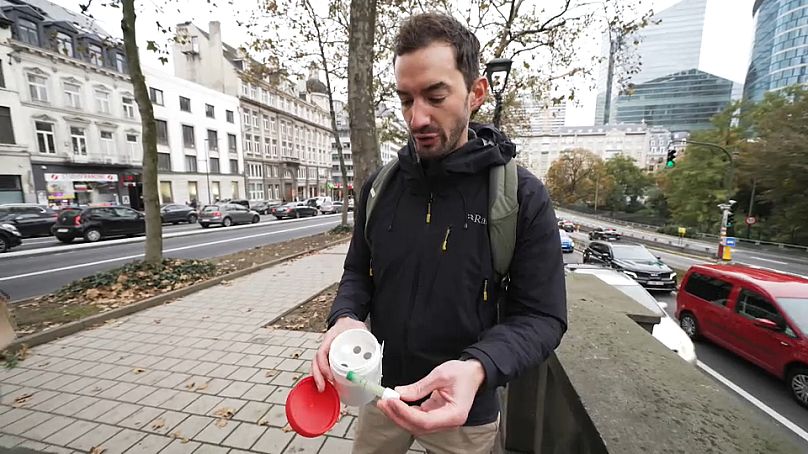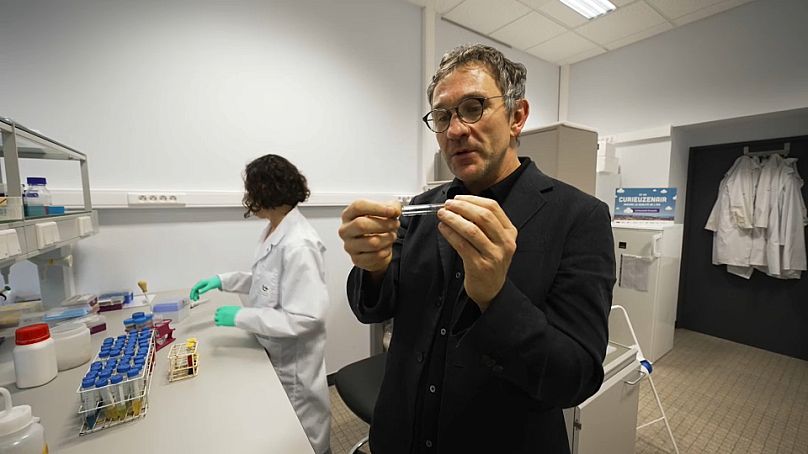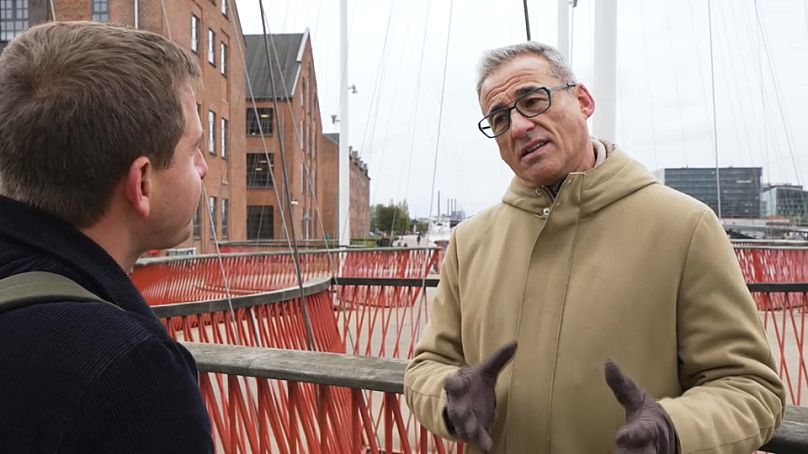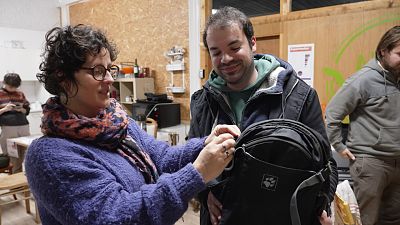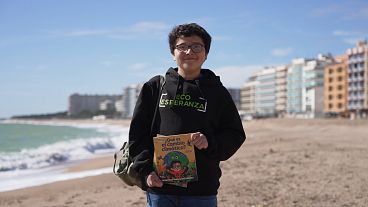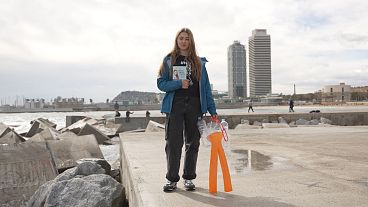In this report from Warsaw, Brussels and Copenhagen, we hear from the Europeans on the front line of the fight against air pollution.
As we get around, heat our homes and grow food, we emit harmful molecules we breathe in every day. This pollution causes thousands of people in Europe to fall ill each year.
But progress is being made. Our air is becoming cleaner, and technology allows us to monitor air quality in real time, and even improve it.
Warsaw: Changing perceptions of pollution
In Poland, fine particle levels regularly breach European limits. Warsaw is a case in point. In winter, the capital experiences episodes of smog.
"When the winter hits and people will start heating up their houses... it's just dreadful," said one resident.
Here, coal-fired heating is the main source of pollution. But Warsaw has embarked on a mission to replace these stoves, that the locals call 'smokers'. In fact, the city has banned them last October 1.
"There have been a lot of changes over the last few years. Even this 100-year-old house has been fitted with gas", said one Warsaw resident who mentioned the importance of European funding in this change.
"We have a special 'police force' who control the situation. Even the neighbours are starting to control the situation. People are learning a lot."
Air quality in the city has continued to improve, according to data from the nearby monitoring station.
In Warsaw, it is estimated that the number of smokers has been reduced from 17,000 to 4,000 in just a few years. But that's still too many, according to Piotr Siergiej, a spokesman for Polish Smog Alert, a citizens' movement that has played a decisive role in the fight against air pollution over the last decade.
"We're trying to use the data," Piotr said. "You talk to people and they say, 'No, there's no air pollution, what are you talking about? I don't smell anything.'
"If you ask someone ten years ago what the main source of pollution was, they'd say 'cars'. And today, they'd say 'smokers, of course!' So we've managed to change Polish society's perception of air pollution. And then, from the people, we go to the politicians."
At Warsaw City Hall, we met Jacek Kisiel, a former environmental activist now in charge of air quality in the city.
"Our popular programmes broadcast information about air quality in Poland every day," he told The Road to Green. "We also have apps on our mobile phones. We've had a lot of smog alerts, so people have started to use these applications."
The capital is at the forefront of the fight against smog in Poland. This is also thanks to an extensive network of sensors and official monitoring stations.
"Eliminating 70% of smokers has really improved air quality. But it's not perfect," Jacek Kisiel revealed. "Because there are still a lot of cars, for example. And if you get rid of all the smokers in Warsaw and there are lots of smokers outside Warsaw, the polluted air will also go to Warsaw. So there's a lot to be done."
Brussels: Residents work towards cleaner air
Poland is still a long way from achieving the Green Deal's ambition of zero pollution by 2050.
But things are changing and people are mobilising, which is also the case in Belgium. Brussels is one of Europe's most polluted cities in terms of nitrogen oxides. Road traffic accounts for two-thirds of emissions.
Here, unlike Warsaw, the city centre is the most polluted zone, according to several citizen science projects. Brussels has therefore created dozens of so-called 'school streets', where traffic is restricted or banned.
Pierre Dornier's association, Les chercheurs d'air, has asked volunteers to measure the pollution in their homes using special tubes.
"We know that on average here, it was around 50 mg per M3, five times higher than the WHO recommendation," Pierre explained, adding that children are at particular risk.
"Because of their size, they're closer to the exhaust pipes. That's why it's a priority to protect them from air pollution."
There are also social inequalities when it comes to pollution. In one of Brussels' more modest neighbourhoods, Quentin Askajef volunteered for the study.
"We're in one of the cheapest areas of Brussels because of the pollution and the noise. It's dark purple here. So it goes from green to black. It's disgusting here," Quentin admitted.
"Every month I had to put in two tubes. And every month I sent the tubes back to the lab."
To find out exactly how it works, we went to the University of Antwerp, to meet Professor Filip Meysman, a coordinator for CurieuzenAir and a star of citizen science.
His association brought together 20,000 volunteers to measure the air throughout Flanders and Brussels. The results made the front page of the Belgian press.
"We use this data to improve our computer models, and this way citizens can directly contribute to better policies. And we see that in the data. The air quality is improving. So air quality policy works," Filip Meysman explained.
These policies are set to evolve further in Europe: the directives on ambient air are currently being revised. Pollution limits are set to be lowered.
Copenhagen: 'The situation has improved for almost all the pollutants'
Copenhagen is the headquarters of the European Environment Agency. There, air quality expert Alberto González Ortiz agreed to show us the application launched by his agency, the European Air Quality Index, which compiles data from some 4,000 monitoring stations across the EU.
"We are here in Copenhagen and we can see now that the situation is good, of course, because we have a lot of wind that takes the pollutants away," Alberto said.
"You can also compare the situation in this station with others. So for instance, if you want to go jogging this afternoon, maybe you can choose the right time, when the air pollution is not so high, and also choose the road you want to follow.
"We have a lot of legislation active, for example, on industry. We have the industrial emissions directive. We have the euro standards that apply to vehicles. Of course, we also have the air quality legislation."
Alberto also believes that the air we breathe today is "much cleaner" than in the past.
"We see that the situation has improved for almost all the pollutants. But it doesn't mean that we are in the most optimal situation because we also know that there are, let's say, no safe limits. The objective should be to come as close as possible to the World Health Organization recommendations in terms of these concentrations. So by lowering these concentrations, we further improve the situation and better protect citizens."

